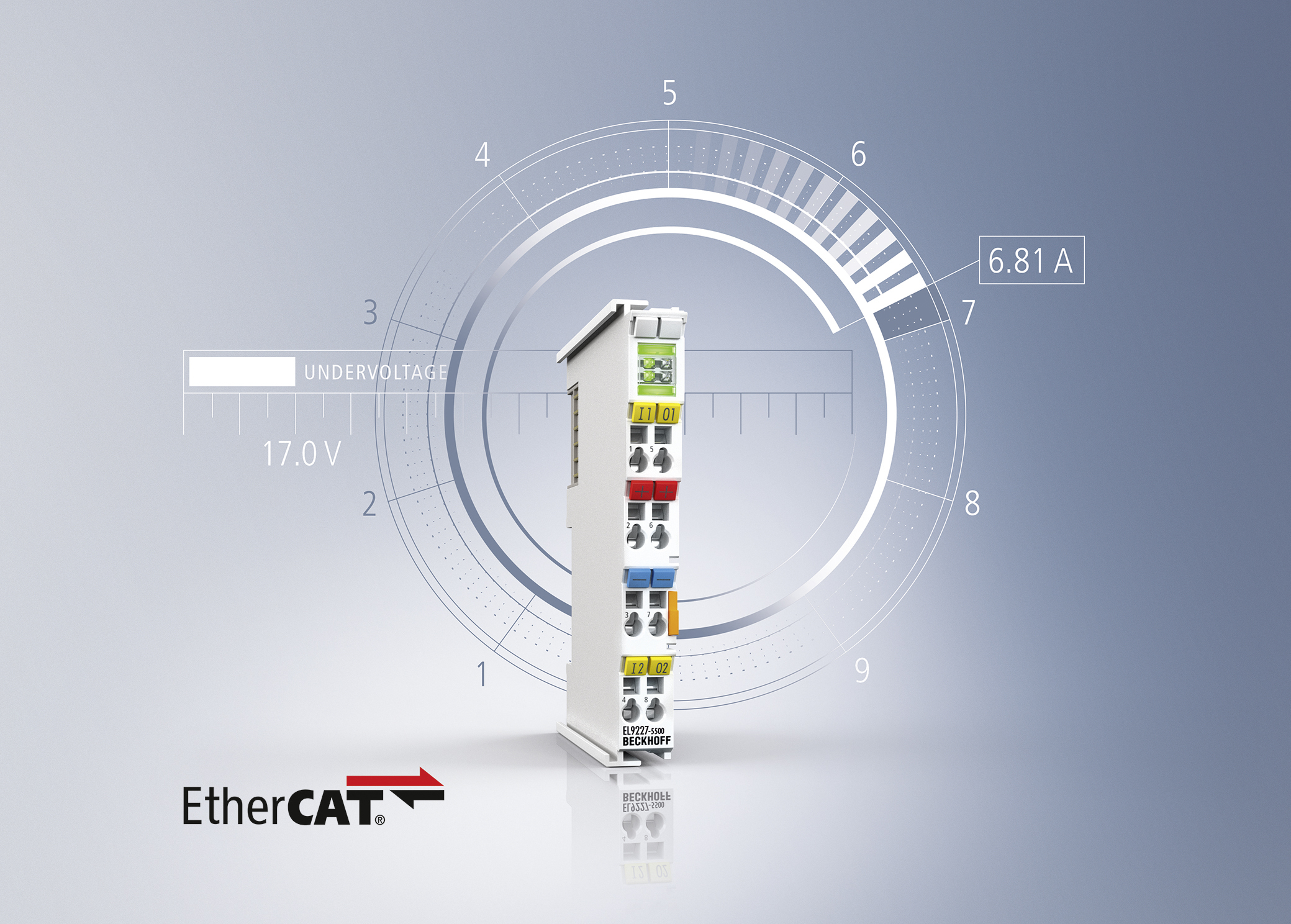In motion control, more so than any other discipline in the field of control, time is the most critical value to understand. There is an incredible amount of information hidden in what is probably the most obvious and yet, least questioned aspect of motion and motor control. How much time do we have to make the motion happen?
Even in motor applications that do not appear to have any “control” to speak of. Just turn on your air conditioning compressor or fan motor. What happens next is kind of amazing. The motor gets power and attempts to catch up to line speed, 1800 RPM, instantly in one cycle of AC power. At 60 hertz, there are 16.6 milliseconds to a sine wave. That’s not a lot of time to accelerate from standing still, to full speed. So a lot of current goes into the motor to overcome the inertia of the rotor and load. Typically 3.5 to 5 or 6 seconds later, the motor is at speed.
If there are 50,000,000 air conditioners in the US and they cycle 10 times an hour during an 8 hour period in the summer, then 4.4 million hours of load are generated, and that load is not doing any cooling. If the fan load is 3/4 HP, then there are 2.4 million kWh of power that are being used just to start stuff up. That’s a lot of power.
It would be nice to be able to “soft start” the small loads over 10 seconds. Conventional control theory says you need the control loop to close 10 times faster than the event you are trying to control. That means that the control loop would have to run 1.6 milleseconds to get the inrush current measured. The transistors require even faster control loops to keep the current under control.
So it becomes more difficult than we imagine to get the smaller loads under control. And more expensive. That seems to be the barrier. We are now able to buy small inverters in the $100. price range. We have to evaluate the payback potential. If I have a 1HP load running 8 hours a day, that’s 6kWhr a day of power. If I can cut the power usage by half, I can save 3kWhr/day or about 33 cents in many states in the US.
That looks like $120.45 the first year! That’s a pretty good deal. Unfortunately, it is based on a very optimistic scenario. But not something we should ignore. As aging coal fired power plants begin to be “retired” due to aging, the easiest way to make up power shortages is to reduce demand. This may be a leading force in the effort to make more efficient motor technology. And as control technology costs continue to decline, some opportunities would appear to increase.
Filed Under: Mechatronic Tips



